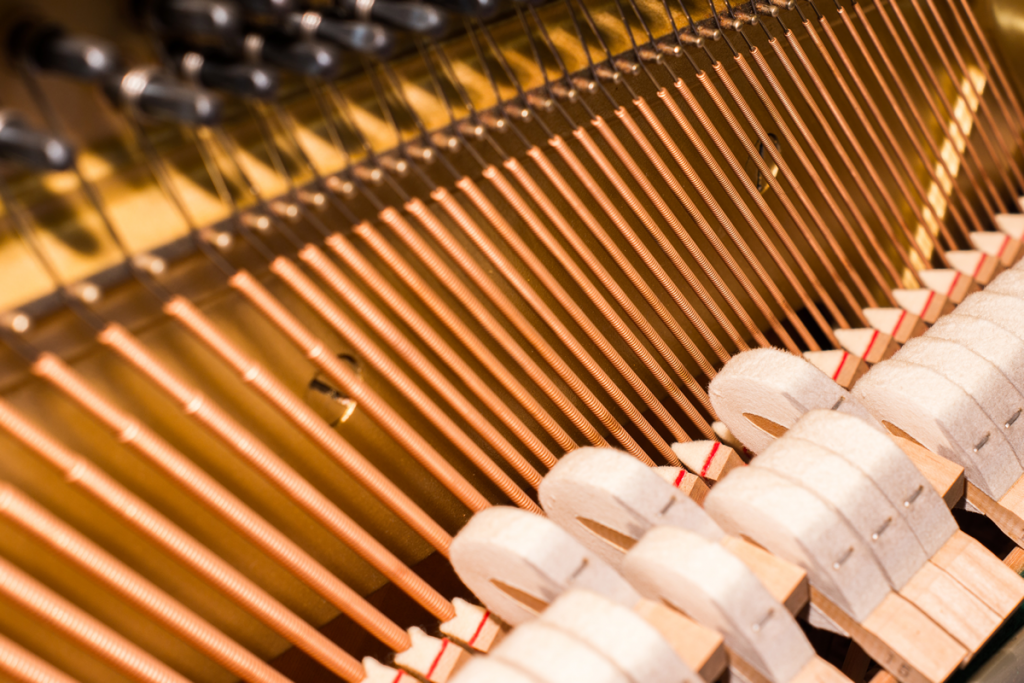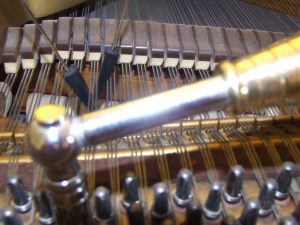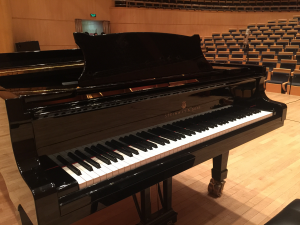The felt hammers of the piano tend to harden over time, as the felt becomes compressed by repeated impact. They also form grooves at the points of contact with the strings. Harder hammers produce a brighter tone quality, which may ultimately become harsh and undesirable. Piano technicians can soften hammers using special tools called voicing needles. They also sometimes use special hardening agents when the hammers are too soft (though this practice is controversial among some technicians). In either case, an important goal is uniform tone quality across the piano, since the hammers are not used with equal frequency and therefore tend to wear unevenly. How much and how forcefully the piano is played is a factor in how often a piano is voiced, as are the piano's setting and the preferences of its players.

Over time, the strings will wear grooves into the surface of the hammers. The grooves eventually become deep enough, and the head of the hammer flattened enough, that voicing cannot restore the piano's tone. At this point, a technician can file the hammers, restoring their original ovoid shape and pristine surface at the expense of making them somewhat smaller. This process may repeat several times, until there is not enough felt left on the hammers for another filing, and they must be replaced.





